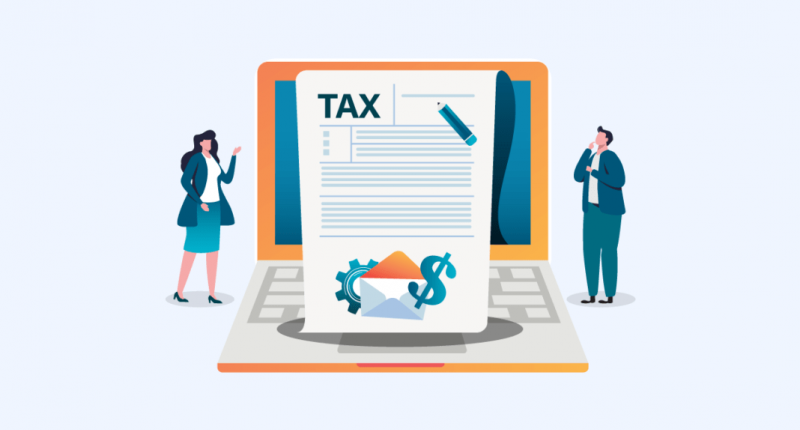On November 1, 2021, the income tax (I-T) department introduced a new statement for taxpayers, the Annual Information System or AIS.
The objective was to provide complete information to a taxpayer while capturing online feedback.
While most taxpayers tend to check the AIS at the time of filing tax returns, it is essential to check it from time to time – preferably every quarterly – to keep a tab on any discrepancies. For instance, there could be wrongful house rent allowance (HRA) deductions, which might otherwise go unnoticed.
The AIS highlights general information that includes details like Permanent Account Number (PAN), Aadhaar number, name, mobile number and date of birth, among others. It also provides information related to tax deducted at source (TDS) and tax collection at source (TCS).
Basically, the AIS provides details of all financial transactions to assess while filing the income-tax returns (ITR).
The AIS provides a comprehensive view of information that is displayed in the Form 26AS. An individual can give feedback on the information displayed in the AIS, which highlights both reported value and modified value, that is, the value after considering a taxpayer’s feedback under each section
There remain key differences between the AIS and Form 26AS. For instance, Form 26AS highlights information such as property purchases, high-value investments, and TDS or TCS transactions carried out during a particular financial year.
In this regard, AIS provides additional information, which includes details of savings account interest, dividends, rent received, purchase and sale transactions of securities or immovable properties, foreign remittances, interest on deposits, and Goods and Services Tax (GST) turnover, to list a few.
Four-step method to check the AIS:
Step-1: Login to the Income-tax department’s official site: www.incometax.gov.in
Step-2: Click on ‘Annual Information Statement (AIS)’ under the ‘Services’ tab
Step-3: Click on the AIS tab
Step-4: Choose the relevant financial year. Click on the AIS tile

Rajiv is an independent editorial consultant for the last decade. Prior to this, he worked as a full-time journalist associated with various prominent print media houses. In his spare time, he loves to paint on canvas.





